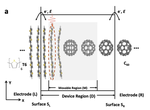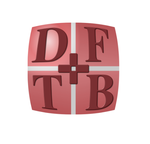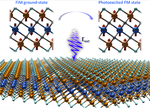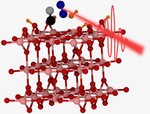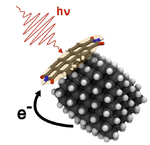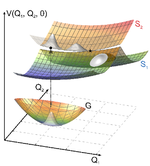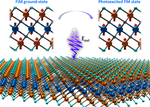DFTB+ is a versatile community developed open source software package offering fast and efficient methods for carrying out atomistic quantum mechanical simulations. By implementing various methods approximating density functional theory (DFT), such as the density functional based tight binding (DFTB) and the extended tight binding method, it enables simulations of large systems and long timescales with reasonable accuracy while being considerably faster for typical simulations than the respective ab initio methods. Based on the DFTB framework, it additionally offers approximated versions of various DFT extensions including hybrid functionals, time dependent formalism for treating excited systems, electron transport using non-equilibrium Green’s functions, and many more. DFTB+ can be used as a user-friendly standalone application in addition to being embedded into other software packages as a library or acting as a calculation-server accessed by socket communication. We give an overview of the recently developed capabilities of the DFTB+ code, demonstrating with a few use case examples, discuss the strengths and weaknesses of the various features, and also discuss on-going developments and possible future perspectives.
